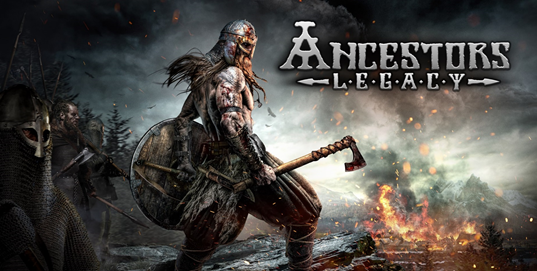
I’ve been a big fan of RTS games ever since I first picked up Age of Mythology back in 2003, and for anyone who has played an RTS game before, Ancestors Legacy, from studio Destructive Creations, will be instantly familiar. Basic mechanics are much in line with the tradition of RTS games. You have a base from which you collect resources, recruit units to build armies, and set out from into contained maps to combat enemies. At the central bases you can build new buildings which allow you to recruit new units, which let you expand faster or excel against different enemies. Part of the charm of this game is how seamlessly you can slip into it if you have any RTS experience at all. While I am in no way a RTS expert, I quickly understood the mechanics and dove into game play.
Centered around four playable nations from the Middle Ages—the Vikings, Anglo-Saxons, Germans, and Slavs—the game dives into historical conflicts between the four factions between 8th and 13th century. It is within the context of this setting that the game becomes most interesting. Beyond genuinely teaching me something about the Middle Ages (admittedly not something I expected going in), the game uses its setting to justify game play—with each faction feeling distinct, and much of the game revolving around trying to build up your bases and townships to defend against historical enemies.. The player must manage three resources: wood, iron, and food. All three of these resources go into recruiting new units, buying new buildings, and upgrading units as well, so securing and continuously producing these resources becomes necessary to win. This then feeds organically into the real meat of game play: expanding your reach. Each map is proliferated with small townships that are occupied by citizens and some even defended by roving soldiers. You must control them if you want to start siphoning the resources they produce. The towns, once taken over, provide constant resources, and can be upgraded to be more defensible. This allows you the freedom to move on and conquer more. What is most interesting about this however is the possibility for different strategies: resource cites are always set at the perimeter of these townships, so you can steal them without taking the settlements; you can slaughter all the citizens you come across to prevent anyone from alerting guards; you could make a beeline to the center of town in an effort to conquer the town hall and not risk damaging any resource collection sites but at the risk of a bigger fight. All these possibilities factor into game play. Much like combat in the real world, the game encourages you to plan and coordinate, but accommodates individual play styles. You never feel boxed in, and that’s one of the greatest strengths of the game.
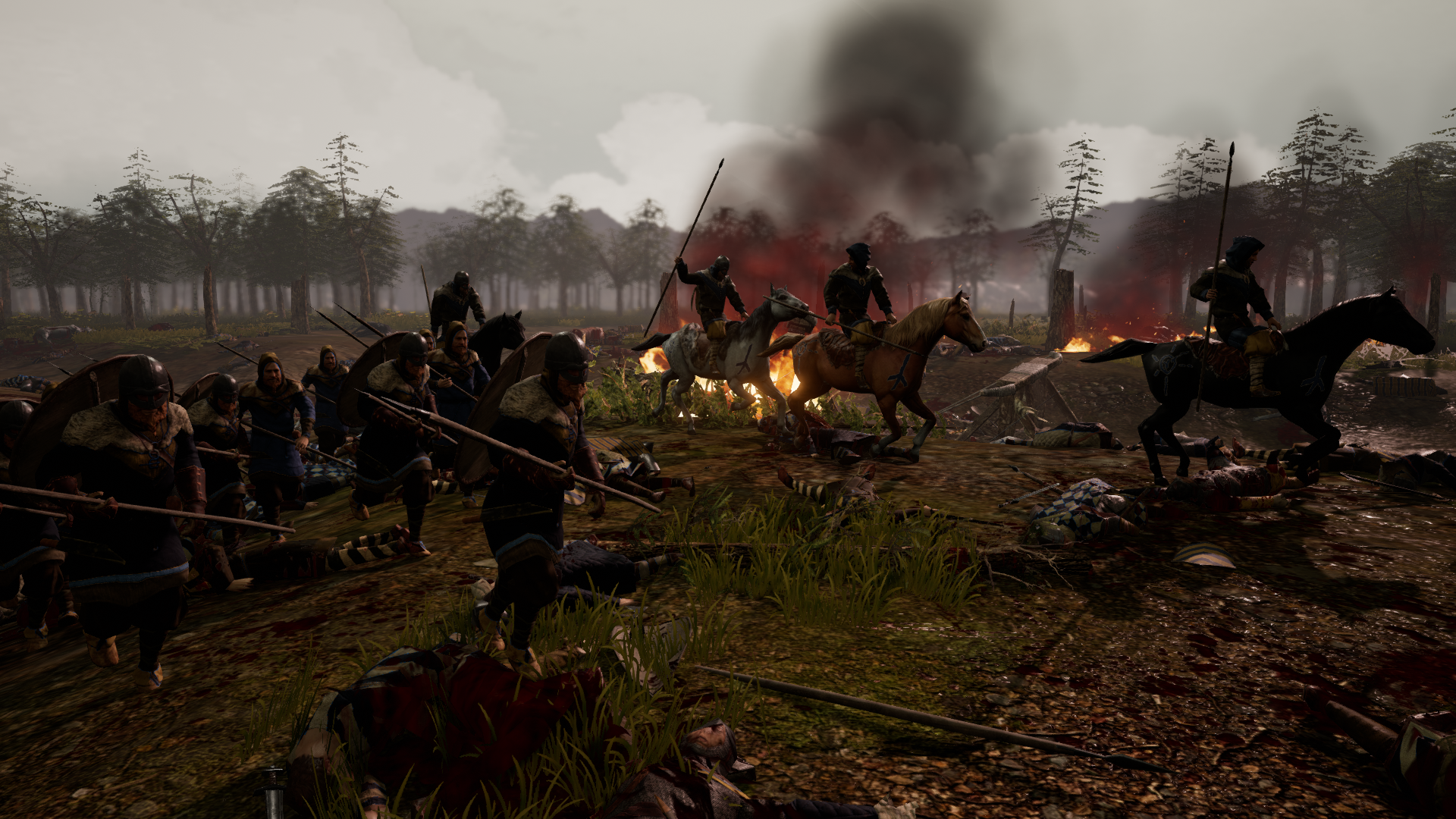
Equally strong is the game’s upgrade system for different units. Each faction has their own assortment of units, though many fill the same basic roles. The factions diverge most meaningfully through their unit upgrades. Each unit type can be upgraded by researching new technology, which allows for the player to give them custom abilities, stronger attacks, or even new armor. And when I say new armor, I literally mean new armor! Unit armor changes as you upgrade it! Like literally, on the model! This made me incredibly happy when I first realized. Just an example of a little thing that makes the game that much more engaging. But this customization is also paired with a stance mechanic for each troop type. Their stances allow them to fill different roles in combat, and even gives them utility outside of a fight. For example, the basic infantry defensive stance allows the troops to detect and disarm traps that other units can set on the battlefield. This system is useful during combat and often is key the difference between a skilled player and someone like me (who struggled for ages to achieve the necessary level of micromanagement).
Where the game is probably weakest is in its campaign mode. That’s not because the story is bad, though I often found myself forgetting who my primary character was simply because they’re rather forgettable, and much of the in-game character dialogue is the same. The campaign missions are the weakest because they showcase the clunkiness and the inconsistency of the mechanics. For example, a major part of each story mission is keeping you commander alive. However, in combat when you set a unit to go fight an enemy it becomes hard to micro them. While you can trigger all their abilities just fine, they can’t be moved between units in a fight, and will stick it out unless made to retreat. However, the retreat mechanic is problematic in and of itself because while it disengages your units, it makes them run away uncontrollably for a hefty duration. So, since you can’t move units around and the only means of disengagement is for your troops to become uncontrollable for a duration, that means trying to escape a losing battle can put units in even more danger, and you can get pressed into an unavoidable trap if the enemy units manage to encircle you—as is relatively easy, so long as you or your enemy have a full army. To be fair, this is something you learn how to tackle and avoid with time, but it is this type of clumsiness that the campaign highlights frequently, as in many parts of the four distinct faction storylines you are forced into narrow city streets or ravines where your forces become all that much harder to control and the feeling of engagement becomes one of frustration. The number of times I tried to make my commander run away, only for him to take the longest route possible and get shot to death because I couldn’t control him, and therefore failed the mission was infuriating. On an unrelated, but equally frustrating note, I found the in-game menu font to be incredibly bad. Compounded with an over complicated in-game UI, the game’s menus read like a Microsoft Excel drop-down. It’s small things like this that showcase what feels like insufficient polish—despite Destructive Creations’ clear commitment to solid game play. And more than that, it can be a real struggle to sift through the information you’re getting via the bottom screen menus, as it often feels like you’re being given more information than you need but simultaneously not all the information necessary!
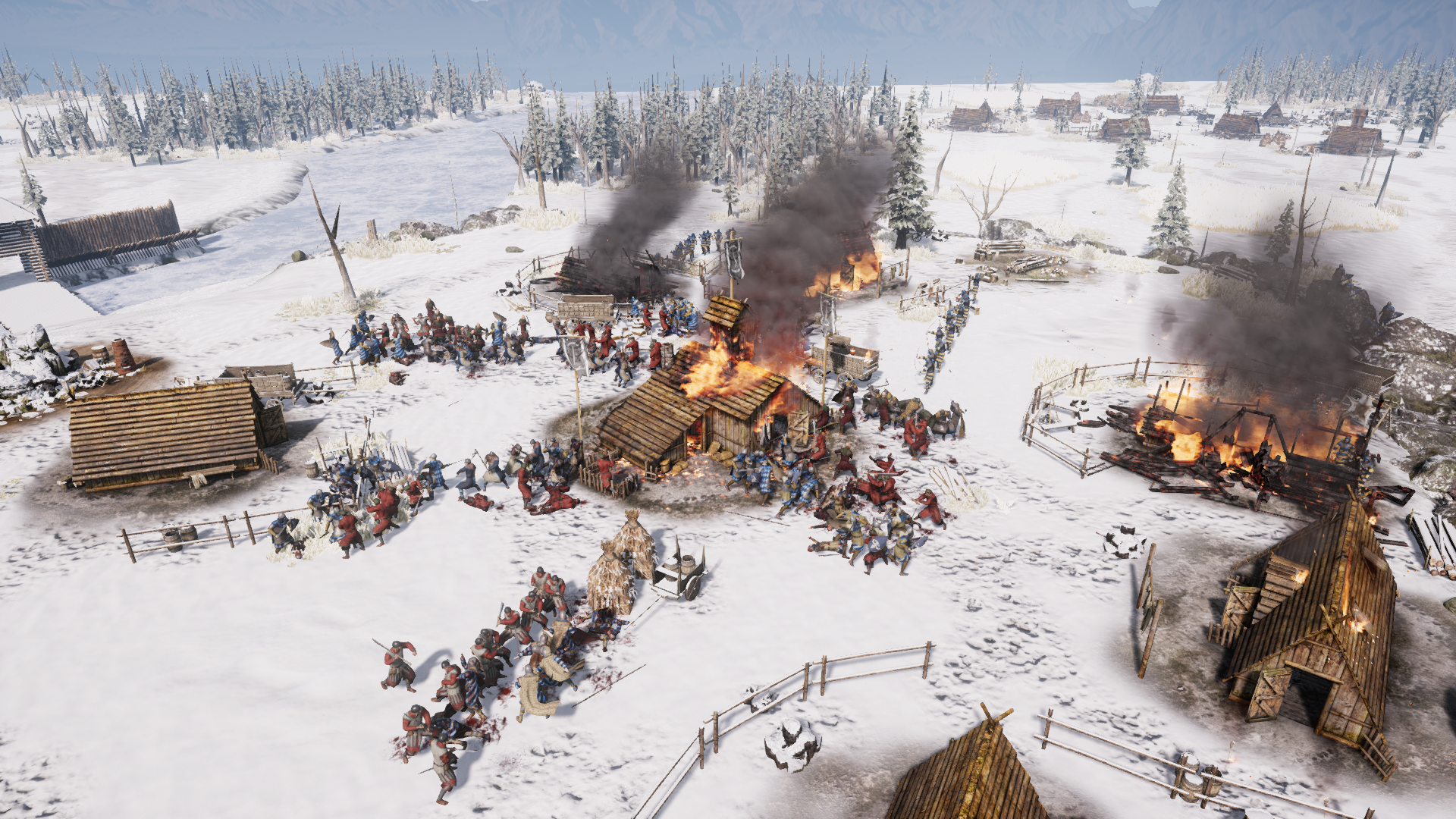
Multiplayer, conversely, is where Ancestors Legacy shines brightest. There are two game modes. The first being the more standard Annihilation mode, and the second being the engaging Domination mode. Annihilation is a conventional RTS game mode. The goal is to defeat the enemy’s forces and destroy their town center. The second mode, Domination, in this humble reviewer’s opinion, is by far the better of the two. While Annihilation is solid and offers a strong experience, Domination plays well off the mechanics I’ve previously described. It’s a battle not only to micro your own armies, but to better hold strategic map points and tactically assert your presence in game. The goal is secure more towns and settlements, and hold onto them as long as possible. The game is monitored by a balance-bar at the top of the screen, with comparative score and points linked to whoever holds the most settlements. The more you hold, the more your opponent’s points are lowered, until they eventually hit zero and the game is over. This game mode is an amazing blend of the mechanics that make Ancestors Legacy so great. Even playing against AI proved fun, as it required a capacity to manage the map, but also an ability to better utilize resources; resource management, of course, being the bread and butter of any RTS worth its salt.
Overall, Destructive Creations has really produced something great. The game play is familiar enough to instantly dive into, but complex enough to warrant repeated playing and actual trial and error learning. You engage with the game and what it’s trying to make you do. The world of the game justifies game play, and it never feels like some mechanic is dissonant from the beautifully rendered environments you’re playing in. That being said, when you surround weaker mechanics and unpolished user interface with such high quality work, it draws attention to the things that aren’t working well. With every other element of game play feeling smooth and engaging, you notice when your units become stuck in a fight or caught on terrain. This by no means spoils all the fun you’ll have playing Ancestors Legacy, and you will have an incredible amount of fun, but it certainly makes you appreciate what is and isn’t working.
As such, I give this game an 8/10.
Check Out the Ancestors Legacy Launch Trailer:
You can purchase Ancestors Legacy for PC via Steam.
PC Review
-
Overall Score - 8/108/10
I am current Junior at Carnegie Mellon University, and a deep lover of all things gaming and narrative. I play just about every game genre imaginable, but am particularly fond of story driven games and any narrative world where words have more letters than necessary. I am naturally drawn toward RPGs and Action Adventure Games, but am a huge fan of FPS titles, and competitive online games. Also developed a pretty recent addiction to turn-based and 4X strategy games. Shout out to Total War: Warhammer. Some of my favorites of all time include Dishonored, Witcher 3, Undertale, Half Life 2, and What Remains of Edith Finch. I just finished the newest God of War, and that's jumped pretty high on that list as well. As an avid writer and consummate lover of gaming, I hope that my reviews might provide meaningful insight into the games I play, or kick-start a love for narrative and gaming in others!

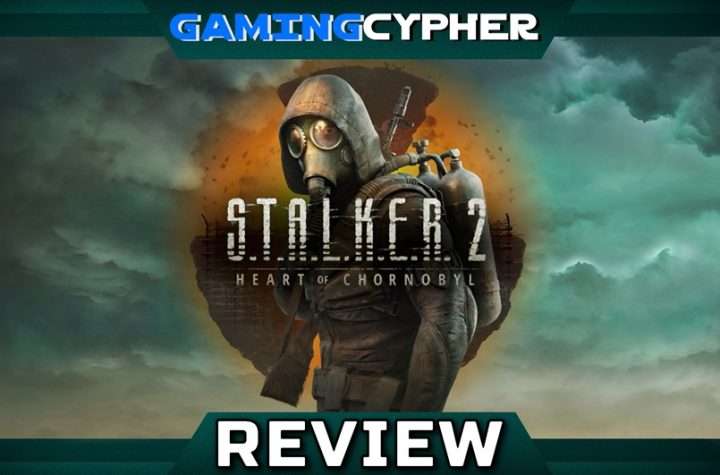
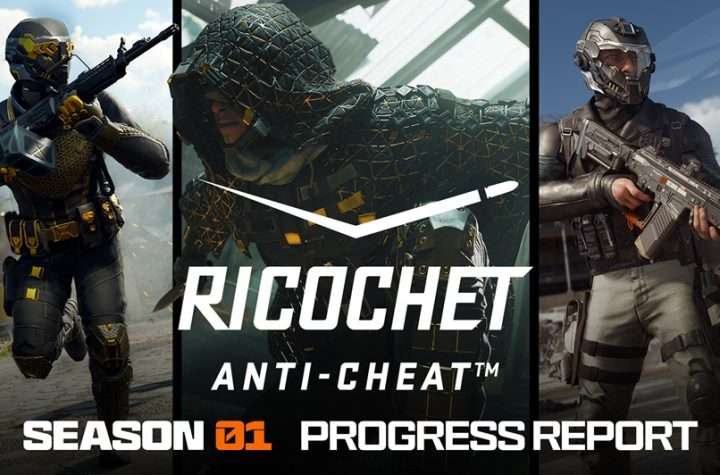
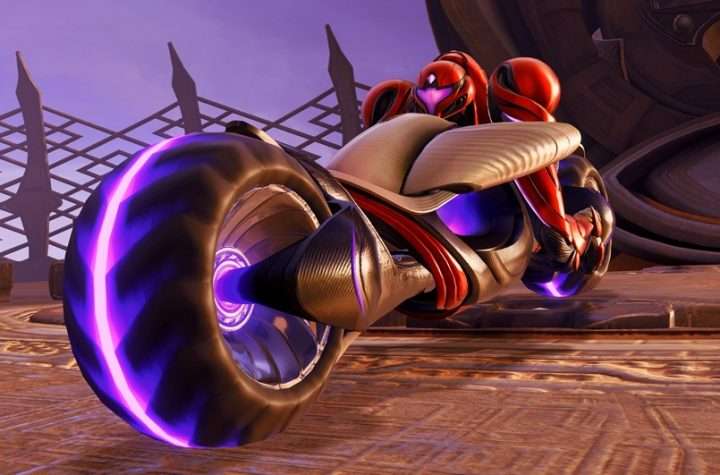
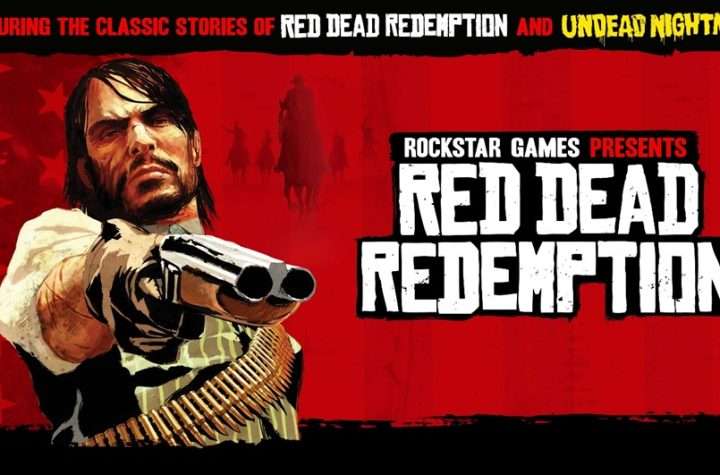
More Stories
S.T.A.L.K.E.R. 2: Heart of Chornobyl Review for PlayStation 5
Call of Duty: Black Ops 7 and Call of Duty: Warzone Season 01 Now Live along with RICOCHET Anti-Cheat Update
Red Dead Redemption and Undead Nightmare Available Now on Netflix, PS5, Xbox Series X|S, iOS, Android, and Nintendo Switch 2